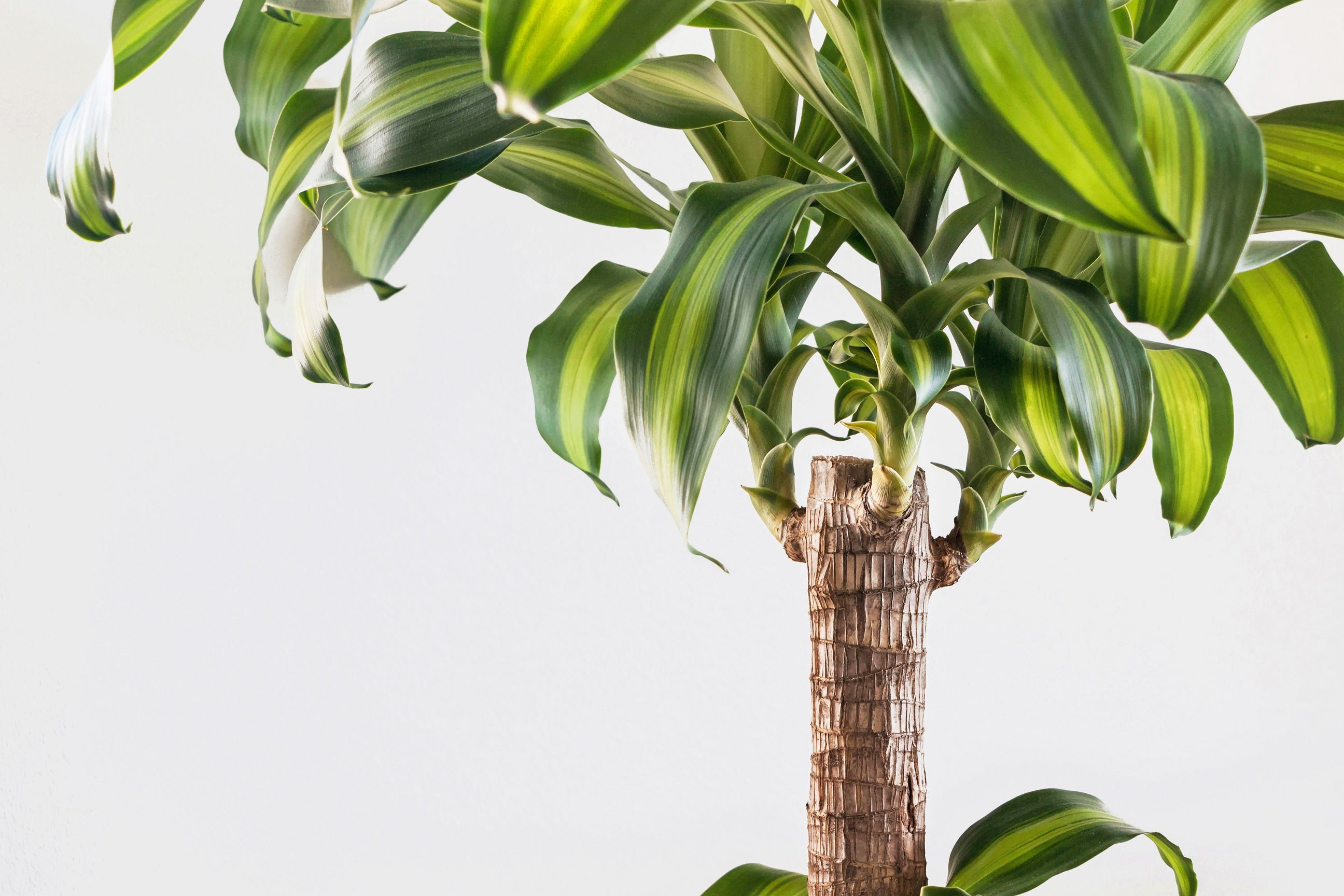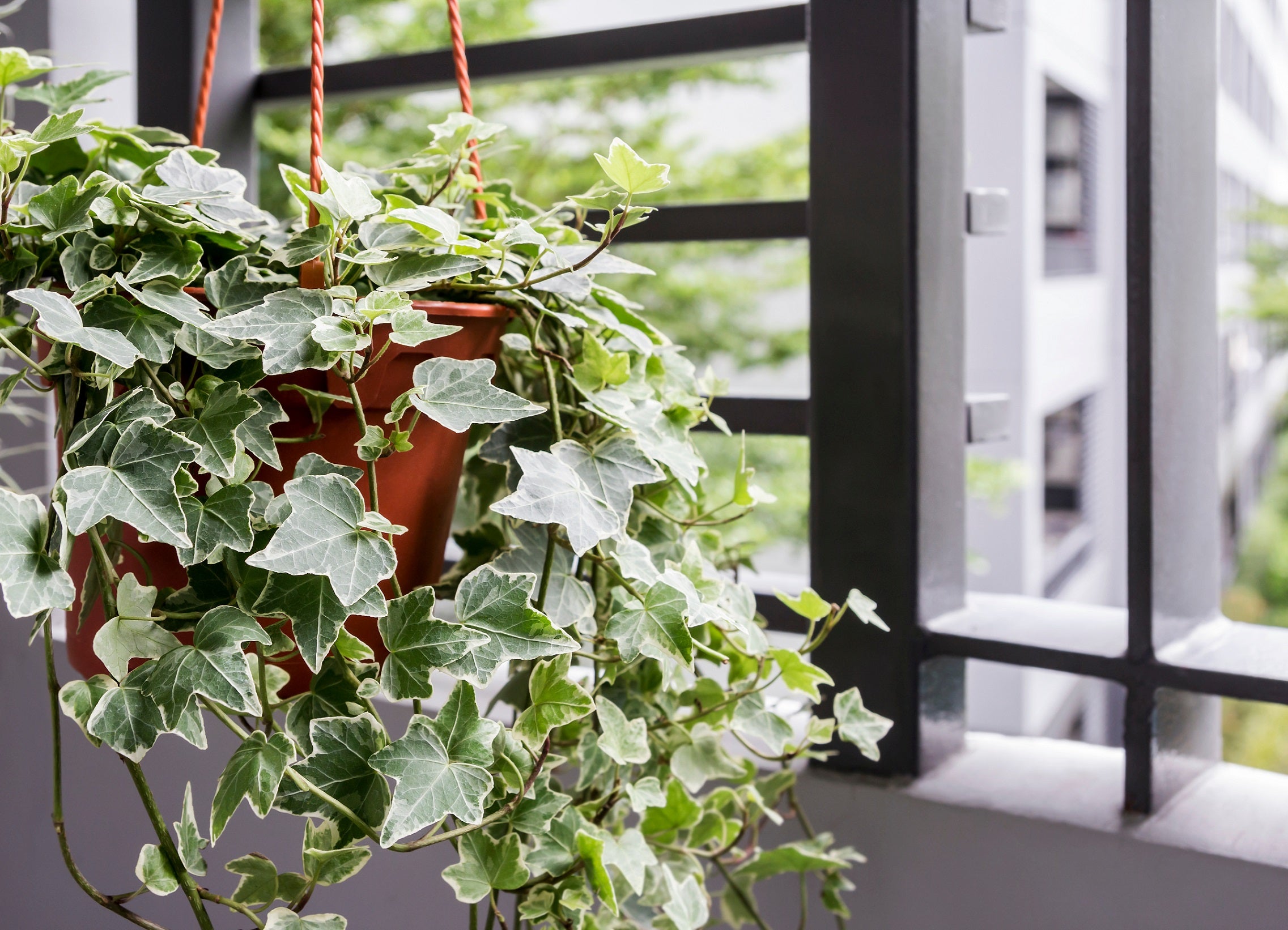Native to Southeast Asia, this evergreen tropical tree is an excellent houseplant that is tolerant of a variety of light conditions and can grow with very little care. It has only one nemesis - overwatering. When grown in the wild, this tree can be huge in size and its sap is used to make rubber, hence the name. In Northeastern India, the Indian rubber plant or tree is also used to make ‘living bridges’. While its ability to make rubber and living bridges are not selling points for home gardeners, what should put this plant on your next plant shopping with Ugaoo is the fact that it's one of the best air purifying plants out there and when cared for well it can live for decades.
One interesting fact about the plant from the Ficus elastica family is that they all exhibit “foliar polymorphism” - the leaf shape changes through its life cycle, unlike other plants that have the same leaf shape through life.
Let's take a look at the detailed guide for rubber plant care

Rubber plant care
The rubber plant care does not have a very difficult care regime, if the few basics are taken care of then the plant lives very happily for decades. If you want a plant that lives happily in your home for decades, get a younger plant and allow them to grow to the conditions in your home and adapt to give them a much higher chance at a long healthy life; however, if you want a smaller more manageable plant you can do so by keeping the plant in a comparatively smaller planter to restrict its growth. One of the major points to be kept in mind before you get the rubber plant for indoor gardens is that it is not a pet-friendly plant.Soil
As highlighted in the introducing paragraph, rubber plants have but one nemesis - overwatering. 99% of the rubber plants that don’t survive in home gardens suffer because of overwatering.
Rubber plants hate sitting in water, so well-draining soil is a must. The catch here is that since it's a tropical forest plant, the soil also needs to be rich in organic matter at the same time. A good mix of regular garden soil, vermicompost, and perlite or wood chips/tree bark will work very well.
Here, the planter size is also important because a larger planter size (in comparison to the plant) means more soil and hence more retained water, so always rubber plant in a proportionate sized planter.
Light
Yes, it is an excellent indoor plant, but the fact that the rubber plant loves the sun cannot be disputed. The rubber plant thrives in the sun, so when placed indoors give your rubber plant the brightest spot you can. It should get either the brightest possible indirect light through the day or get partial to direct sunlight for a few hours of the day. Place it next to a south or west facing natural light source to give it all the light and warmth it needs to grow to its full potential.

Water
For the rubber plant, always err on the side of caution - underwatering is better than overwatering. The watering requirement of rubber plant changes from season to season, in its growing months of spring and summer the plant will require more frequent watering, while in its dormant months of autumn and winter the plant might need to be watered only once in 2 weeks (depending on the light it gets and how cold it gets in your area).
Even in its growing season, let the top 2-3 inches of soil dry out before watering your rubber plant and always empty the base plate of any residual water. Check for droopy leaves, a clear sign that the plant needs water. Regularly poke holes into the soil to aid aeration of oil and facilitate better drainage.
While watering if the soil is too dry and cracked, water in batches. Watering the plant in one go will make the water run out of the potting mix without being absorbed by the soil. So it is essential to water in batches to allow the potting mix to absorb the water completely.
Fertiliser
Rubber plants love frequent feedings and they reciprocate with bigger leaves and a thicker stem. Feed your plant every 2
 0 days with a well-balanced houseplant fertiliser like the Ugaoo Plant tonic in its growing period from spring to the start of monsoon.
0 days with a well-balanced houseplant fertiliser like the Ugaoo Plant tonic in its growing period from spring to the start of monsoon.You can also change/augment its potting soil when winter ends (February - before spring starts) with a good quantity of vermicompost for a growth spurt through the warm months.
Propagating Rubber plant
The rubber plant can be propagated by stem cutting. Take at least a 5 to 6 inch cutting from the main plant and remove the lower most leaves and retain only the top two leaves. Once the sap has dried, place the cuttings in a bottle filled with water in a well-lit and warm area till it grows roots. Once the roots emerge plant it in a deep planter with a well-draining soil mix.
To promote branching in your rubber plant, prune it right above a leaf node, approximately 5-6 inches from the top. You can use this top cutting for propagation while the original plant will throw multiple branches from its cut edge. One thing to be kept in mind is that the cut should always be made at an incline.
Types of rubber plant
Ficus elastica is an excellent indoor plant, which when conditioned from a young age, can grow very well even in comparatively low light conditions. It has several stunning varieties- Robusta (Ficus elastica ‘Robusta’): a hardy ficus elastica variety with leathery large green foliage
- Tricolor (Ficus elastica ‘Tricolor’): bright, variegated, thick leathery leaves with a waxy surface. The foliage has an awesome combination of green, pink, and cream.
- Tineke(Ficus elastica ‘Tineke’): displaying dark and light green patchy leaves with creamy margins and pink stems
- Decora (Ficus elastica ‘Decora’): shiny, thick, dark green leaves that can grow up to a foot long.
- Doescheri (Ficus elastica ‘Doescheri’): Evergreen blotched foliage with narrow edges in a cream-white hue.
- Burgundy (Ficus elastica ‘Burgundy’): exhibits deep, thick, burgundy to almost black foliage on the red stems.
- Red Ruby (Ficus elastica ‘Red Ruby’): large dark green leaves densely variegated with purple, red, and white hues.
- Black Prince (Ficus elastica ‘Black Prince’): dark green leaves of this plant look almost black from a distance
- Yellow Gem (Ficus altissima ‘Yellow Gem’): leathery, green-centered leaves with a golden-green hue at the borders
Problems with Rubber Plant
Other than overwatering, rubber plants have very few issues that you need to worry about. Let’s take a look at some of them-
- Leaf curling: Both under and overwatering can cause this issue. Allow the soil to almost dry out in between watering cycles, but don't let the plant stay dry for too long. If you see the leaves start to flop down, water immediately and thoroughly.
- Yellowing leaves: A typical telltale sign of overwatering. Let the potting mix dry out in between waterings and in dormant months of winter, water very rarely
- Brown spots: They are caused due to dehydration and sunburn. Don't let your plant stay dry for too long and if you are keeping it in the sun, then ensure that the plant does not stay dry for too long.
- White deposits: if you see white cotton-like deposits on your rubber plant, it might be mealy bugs. Wipe down your rubber plant with soap water solution and spray it with neem oil solution regularly to keep pests at bay.
Also Read:
How to Care for Dracaena plant: Its Types, Propagation & Tips
Pothos Plant : Types,Care Guide & Propagation
Click to Buy:
Live Plants Online
Indoor plants for bedroom

















